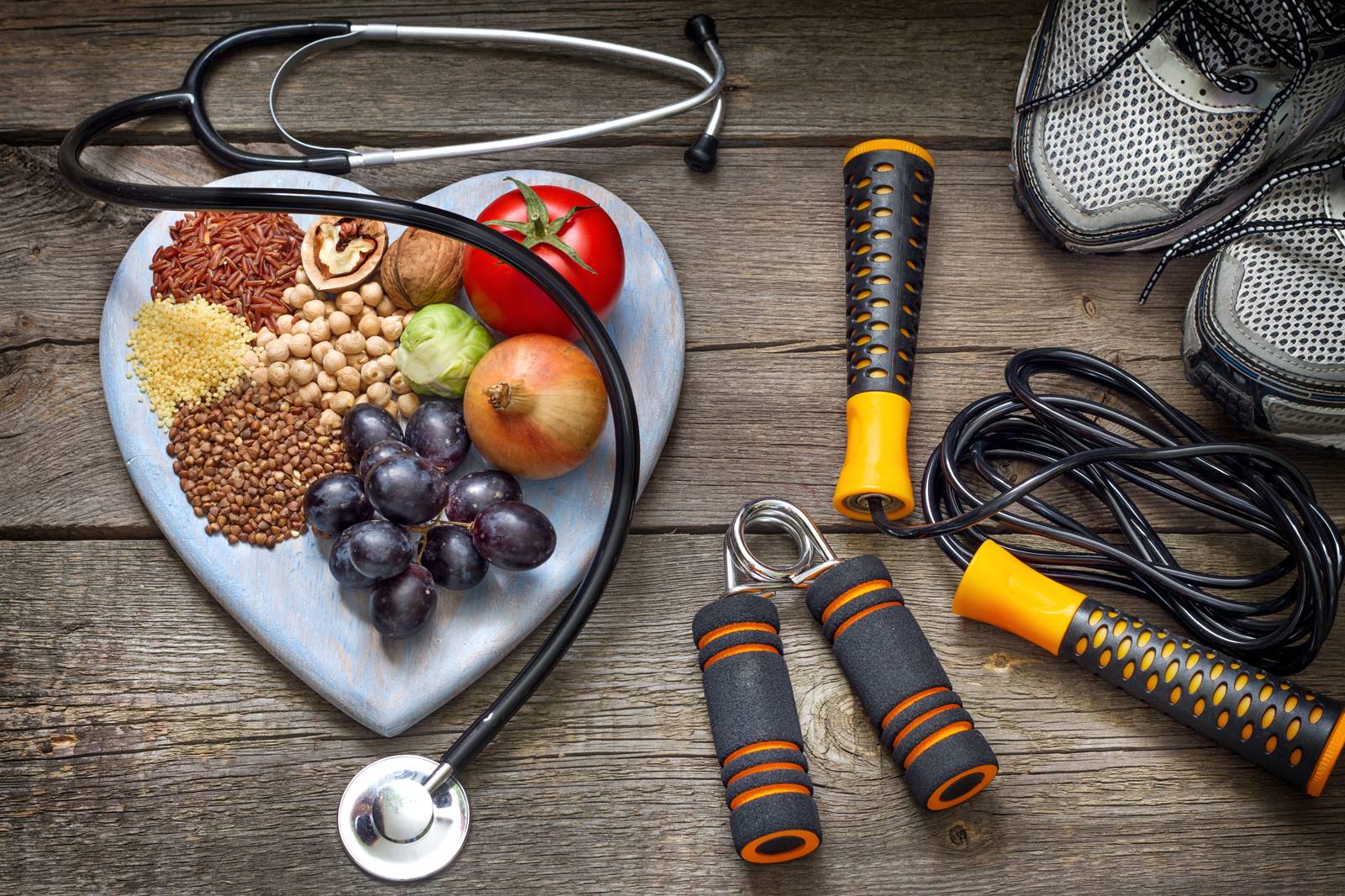
Combine cardio and weights exercises to improve your metabolism and increase muscle mass. Combining these two types of fitness is a great way to reap the benefits. Combining these two activities will allow you to burn more calories than from one. These two fitness methods can be combined in a number of ways. You can combine cardio and weights to achieve optimal results. To get the best results, you should do between five and seven sets of each of these exercises per week.
Exercises that increase your metabolism
Combining weight and cardiovascular training can help increase your metabolism. Cardio alone can't increase your metabolism, but weightlifting can. Planks are a great exercise to add into your daily routine. These exercises can also be performed anywhere. There are many ways to perform planks. Planks are a great way to increase metabolism and build strength, muscle mass and endurance.
Cold weather can boost your metabolism. This is because cold weather triggers the immune system to activate and convert white fat to more metabolically active brown fat. You can boost your metabolism up to 20% by going outside during the winter months. However, don't overdo it! It's worth trying different types of exercises to find which one is right for you. The results will amaze you!

Exercises to help you maintain your muscle mass
To keep your muscles strong, a full-body workout that incorporates push-ups/downs, shoulder presses, pull ups, and shoulder presses is a great option. Cardio can help you reach your muscle-building goals. This workout is great for fat-burning and heart training. Split workouts are also possible. This will give you the opportunity to improve your cardio and maintain your muscle.
When it comes to building and maintaining muscle, combining strength training with cardiovascular exercise is a better approach for a variety of reasons. It can improve your fitness and reduce your chance of injury. It will also help you avoid overload training by combining weights and cardio workouts. Combining cardio and strength training is the best way to lose extra body fat while maintaining muscle.
Exercises that burn more calories than weight training
Both weight lifting and cardio exercises can be very beneficial in burning calories. However, it is important to determine the intensity of each. For example, a 155-pound individual doing intense weight lifting exercises will burn 112 calories, while a 240lb person will burn 355 calories jogging for the same time. The same exercise will result in a 435-calorie burn for a person of 185 pounds. Weight training exercises burn more calories that cardiovascular exercises.
There are many factors that influence the calories burned during an exercise, including intensity of the activity and rest time between sets. High-intensity exercise is best to maximize calorie loss. These exercises raise your heart rate quickly and blood pressure quickly, which increases your body's metabolism. High-intensity interval exercise is a popular way for you to lose calories. You perform intense workouts in short bursts that are 70% or greater of your aerobic potential.

Ways to combine cardio and weight training
Combining cardio with weight lifting can be very beneficial. Combining cardio with weight lifting can improve your endurance and speed up your metabolism. However, it is important to remember that you should always leave enough time between your workouts to allow your body to recover. High-intensity cardio should be separated from weight training for at least eight hours. Doing this will allow you to maximize the effectiveness of each. Doing both can lead to muscle damage.
The effects of cardio on muscle gain and strength are similar. It all depends on what kind of workout you are doing. Running can cause greater muscle fatigue and damage than other forms. Additionally, studies that combined cardio and weight training often revealed a larger interference effect. Avoid high-intensity cardio during workouts, especially those that involve the upper body.
FAQ
Why would you want to lose weight before turning 40?
Senior citizens over 40 need to maintain their health, fitness and well-being. It is essential to find ways to stay fit throughout one's life. This means regular exercise, healthy eating habits, not smoking, moderate alcohol intake, and regular exercise.
It is also crucial to recognize the fact that our bodies age. Our bones get weaker and our muscles become smaller. It is possible to slow down the process of aging by taking good care of ourselves.
As we age, there are many advantages to being healthy and fit. These include:
-
Better Sleep
-
Better mood
-
Energy levels increase
-
Lower chance of developing cancer
-
A longer life
-
More independence
-
Better sex
-
Improved memory
-
Improved concentration
-
Improved circulation
-
Stronger immune system
-
There are fewer aches and pains
How does intermittent fasting impact my sleep?
Intermittent fasting can affect your sleep. Your hunger hormones rise when you skip meals. You might wake up every night as a result.
Experts recommend skipping breakfast. Instead, experts recommend eating light snacks before bed.
You can still eat a small meal if you feel hungry after the snack.
However, you should not overeat. If you do, you will gain weight rather than losing it.
How often do people fast?
People who are on a ketogenic diet only fast once a week. However, there are some who fast twice per week. Others fast three-times per week.
Each fast has a different length. Some people fast 24 hours, while others fast 48 hours.
Some people will even travel more than 72 hours. But these extreme cases are very rare.
Is there any difference between intermittent fasting and calorie restriction?
Calorie restriction is when you eat less than your body needs. Intermittent fasting is different because it doesn't involve restricting calories. It focuses on eating fewer calories during the day.
Intermittent fasting can be more effective as it allows you to eat the foods you love and not feel guilty.
Both methods have pros and cons. Decide which one you prefer.
What foods are good for me to lose weight quickly?
By eating less calories, you can lose weight quicker. There are two ways to do this:
-
Reduce how many calories you eat daily.
-
Increase the number of calories you burn through physical activity.
It's not difficult to cut down on the amount of calories you eat. We are constantly being bombarded by calorie-dense fast food options every where we go. But, here's a list of foods that will help you shed those extra pounds.
-
Beans are high on fiber and protein. They have almost no fat making them an excellent choice for dieters looking to reduce their caloric intake.
-
Oatmeal, while low in calories, is high in nutrients like potassium and magnesium. Oatmeal has less sugar than other cereals.
-
Eggs are full of cholesterol and protein. Eating eggs once or twice a week can boost your metabolism, helping you burn more calories throughout the day.
-
Whole grain bread can reduce hunger pangs, so you might feel fuller for longer.
-
Dark chocolate contains antioxidants and flavonoids that have been linked both to better cardiovascular health and lower blood pressure.
-
Cottage cheese is high-in calcium, which can help build strong bones. Cottage cheese is also high in calcium, which aids in bone strength.
-
Omega-3 fatty acid rich salmon is good for your brain and cardiovascular health.
-
Green tea contains a lot of catechins. These are compounds that can fight cancer and improve metabolism.
-
Broccoli, a rich source of folic acid, is great for lowering homocysteine levels. Homocysteine concentrations that are too high have been linked with an increased risk for heart disease and stroke.
-
Yogurt is a great way to add probiotics into your diet without loading up on added sugars. Probiotics are essential for digestive health.
-
Berries are a tasty snack that is also nutritious. All fruits, including blackberries, blueberries, raspberries, raspberries, cranberries and strawberries, are rich in vitamins and minerals.
-
Avocados are bursting with healthy fats. A half avocado provides 80 calories with plenty of fiber, potassium, and filling fiber.
-
Nuts can be enjoyed as a snack, but they are also rich in protein. All kinds of nuts are great choices, including almonds.
-
Sweet potatoes are another starchy vegetable that's packed with beta carotene, which makes your skin glow. The orange sweet potato variety has a higher level of beta-carotene than regular sweet potato varieties.
Statistics
- According to Harvard Health, it's estimated that a 155-pound (70-kg) person burns roughly 112 calories per 30 minutes of weight training (5). (healthline.com)
- Among women, the increase in metabolic rate was nearly 4%, or 50 more calories per day (14Trusted Source (healthline.com)
- A 12-week study in 20 women with obesity found that walking for 50–70 minutes 3 times per week reduced body fat and waist circumference by an average of 1.5% and 1.1 inches (2.8 cm), respectively (healthline.com)
- One study in 9 active men found that HIIT burned 25–30% more calories per minute than other types of exercises, including weight training, cycling, and running on a treadmill (18Trusted Source (healthline.com)
External Links
How To
How to Intermittent Fasting
Intermittent Fasting is a method of dieting where you only eat one meal per week, typically Monday through Friday. The goal is to decrease your overall calories and still get adequate nutrition. It's believed that this helps burn fat faster than if you were eating normal meals throughout the entire week.
The most popular form of IF is to limit calories to certain days. This means that you might skip breakfast every day and then indulge in whatever food you desire throughout the day. It is possible to choose to have three smaller meals each day, rather than two large.
There are many forms of intermittent fasting. There are pros as well as cons to each form of intermittent fasting. Alternate-day fasting is the easiest method to get started because it doesn't require any significant lifestyle changes. However, for some people it can be difficult to follow a strict diet, so they may prefer to explore other options.
If you want to try intermittent fasting, I suggest starting with alternate-day fasting. This will allow to slowly transition to more extreme fasting regimens without drastically changing your lifestyle.